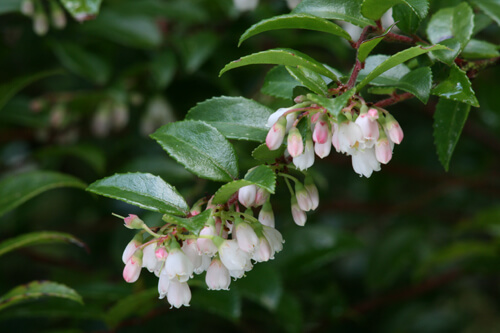
Apr 4, 2017 | Eco-friendly Gardening, Garden Care, Lawn Care, Recommended Plants, Watering
April is Earth Month. Each week this month we will feature a blog post about steps you can take to help protect our planet. This week’s feature is water quality. The steps you take in your yard and garden can have a big impact on how clean our lakes and streams...

Mar 23, 2017 | Eco-friendly Gardening, Garden Care, Pest Control
Most of us recognize an adult lady beetle (lady bug). But many don’t know the larvae. They’re weird-looking critters: we may think they’re dangerous. But they are valuable predators of garden pests. Lady beetle larvae are alligator-shaped with black...

Mar 9, 2017 | Garden Care, Video
Have you seen our videos? The In Harmony YouTube channel has several videos on watering, such as how and why to water deeply and watering a new tree or plant. You can also find videos on some of the products we use, our approach to landscape design, our natural lawn,...

Mar 2, 2017 | Garden Care, Recommended Plants
Are you thinking about adding new plants to your yard? Are you planning this year’s vegetable garden? You will have the best results if you use regional or local sources and choose varieties that will grow well in our Northwest climate. For plants, it is best to...
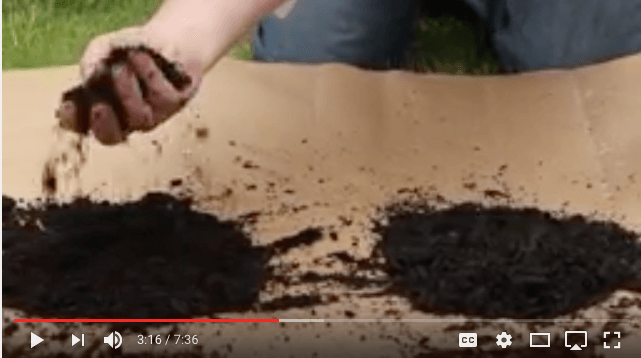
Feb 14, 2017 | Disease Control, Eco-friendly Gardening, Garden Care, Video
Mulch has many benefits for the garden. It reduces weed growth, protects the soil from extremes of cold and hot weather, reduces watering needs and drought stress, feeds the soil for healthier plants, helps prevent the spread of diseases and prevents erosion. In...
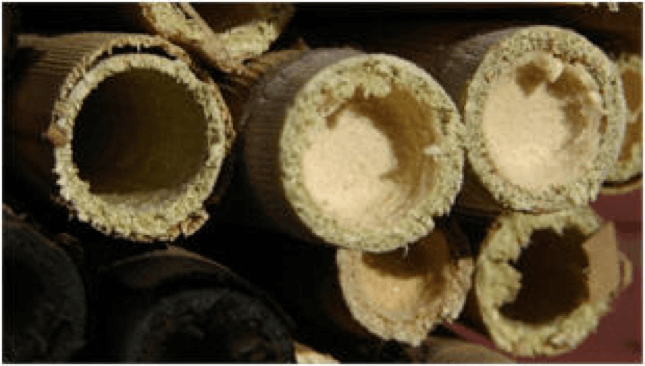
Feb 9, 2017 | Eco-friendly Gardening, Garden Care, Nature, Video
You’ve probably heard about mason bees, the small, peaceful bees that are great pollinators. These non-aggressive bees are safe to have around kids and pets. They don’t live in a hive but are solitary bees. You can buy or rent mason bee houses to pollinate...

Jan 19, 2017 | Garden Care, Landscape Design, Lawn Care, Nature, Recommended Plants
Are you contemplating changes to your landscape? Perhaps a new patio, updated plantings or a water feature? Check out Houzz for ideas. Houzz is a photo-based platform for home and garden remodeling and design. Browse thousands of photos and save them to ideabooks....
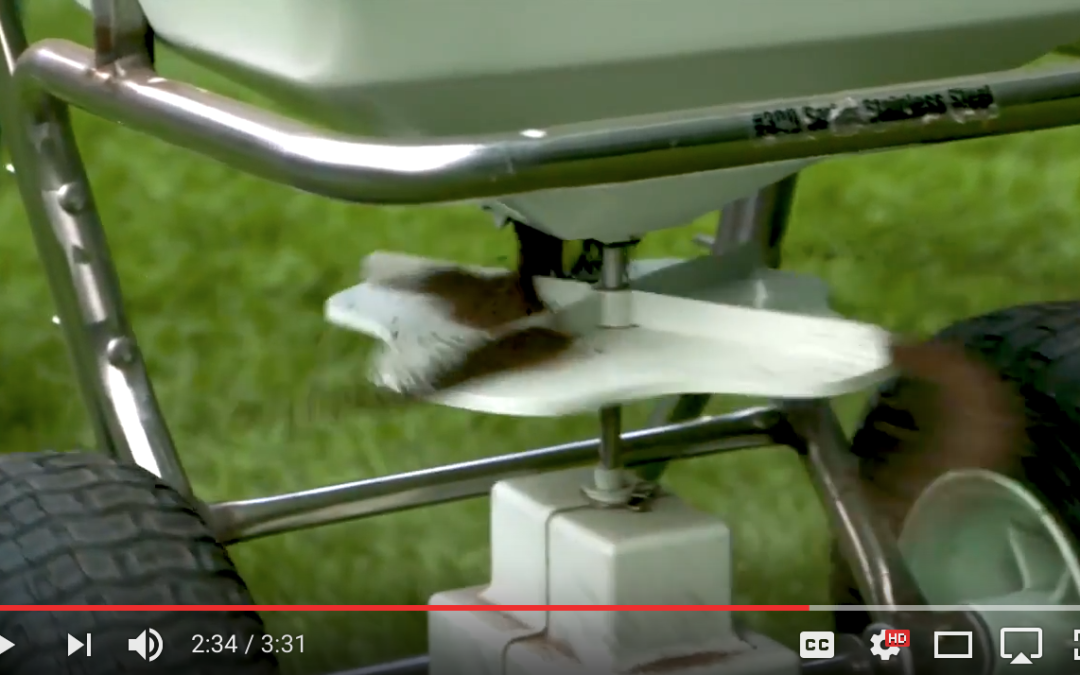
Jan 3, 2017 | Garden Care, Lawn Care, Video
We are now applying lime to our clients’ lawns. Adding lime to soil will improve the lawn’s color and health. Most Northwest soils have acidic soil (low pH). Adding lime will raise the soil’s pH, which helps your lawn and other plants absorb nutrients and...

Dec 23, 2016 | Eco-friendly Gardening, Garden Care, Landscape Design, Lawn Care, Nature
Keeping resolutions starts with good intentions. But it doesn’t hurt to have a little nudge in the right direction to make them stick. According to a Pew Research Study published in October 2016, “Three-quarters of Americans say that they are particularly concerned...

Dec 1, 2016 | Disease Control, Eco-friendly Gardening, Garden Care, Video
The rainy season is the perfect time to apply effective microbes (EM) to soils. Beneficial bacteria and beneficial fungi increase biological activity in the soil. This improves soil health, leading to better plant health. Find out more about what EM is and why we use...

Nov 8, 2016 | Disease Control, Eco-friendly Gardening, Garden Care, Landscape Design
Autumn is an excellent time to take a look back at how your landscape and garden performed this year. Take a stroll around your yard and take measure of what worked and didn’t work and what changes you might like to make. Landscape changes As plants grow and mature,...
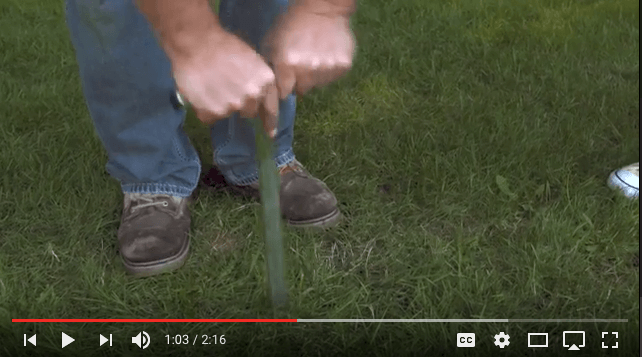
Nov 1, 2016 | Garden Care, Lawn Care, Video
A soil test will help you find out how to make your lawn and garden healthier. It’s simple to collect soil samples and send them to a laboratory, and testing is not expensive. The results will determine your soil’s pH and nutrient levels. This video shows...
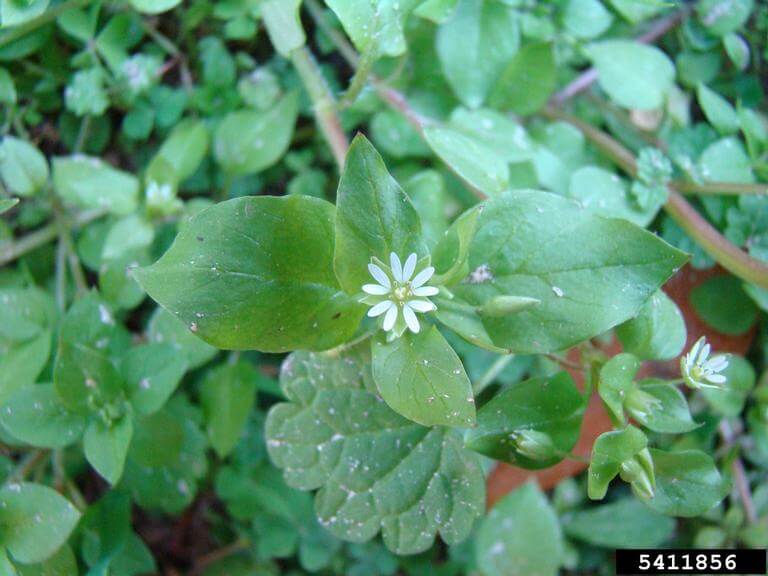
Oct 25, 2016 | Disease Control, Eco-friendly Gardening, Garden Care, Pest Control, Tree Care
Cleaning up your garden now will make your plants healthier next year. If you can prevent pests, diseases and weed seeds from overwintering, you’ll have a head start next year. And you’ll have less work to do if you can prevent problems before they start. Weeds,...
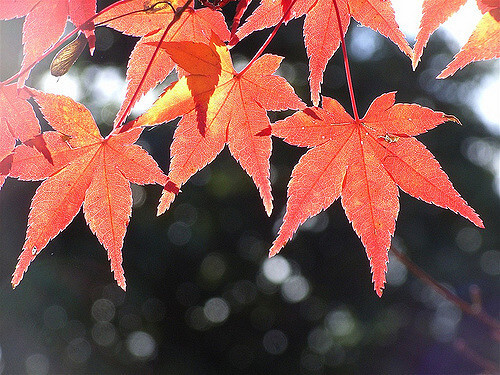
Oct 20, 2016 | Disease Control, Eco-friendly Gardening, Garden Care, Lawn Care, Tree Care
Fallen leaves are both a detriment to your lawn and a benefit to your garden beds. This is an important topic, so we are updating a blog post from last fall. Many trees provide a wondrous show in the fall, with leaves in hues of red, orange, brown and gold. But once...
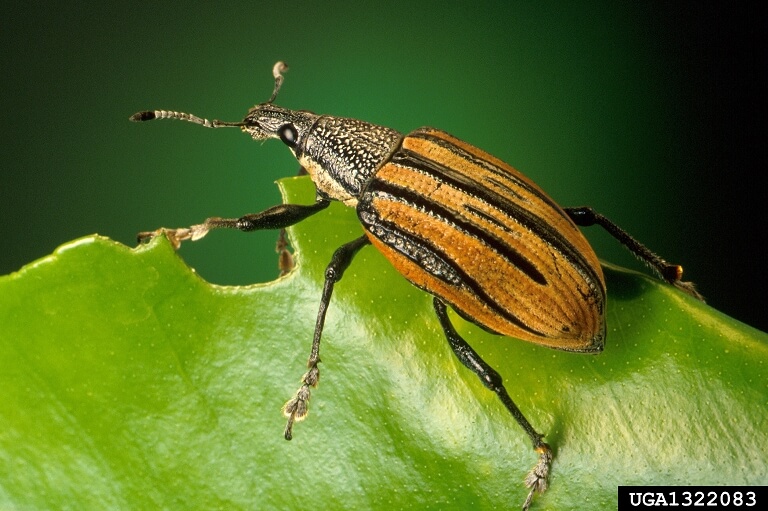
Oct 13, 2016 | Garden Care, Pest Control
It seems like the root weevil notching appears out of nowhere. Because the adult root weevils feed at night, we see the damage but no insects. Notched leaves, especially along the edges, are a sign that root weevils are at work. These insects primarily chew on...
















